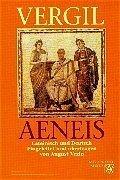
Best selling Fiction from Aschendorff
On this page you'll find a ranking of the best Aschendorff products in this category. To give you a quick overview, we've already ranked the most important information about the products for you.
1. Aschendorff Aeneis
The complete text of the Aeneid, along with an exemplary German translation, a detailed commentary, and a 30-page index of names and subjects, is now available again in a paperback edition in its 7th edition.

2. Aschendorff Annas Trauerspiel
Anna Verhaak has a great gift: she knows how to listen attentively, pick up on moods, read gestures, and provide comfort. The literature lover is an exceptionally good funeral speaker who stands by the bereaved with great empathy, especially during the Corona pandemic. "Laugh twice, cry once" is her motto for her touching speeches. A letter full of accusations changes everything. Anna plunges into an existential crisis. She feels that her life is nothing but a performance, that she is staging a play about herself, and that she must radically change her life. The tragedy unfolds.

3. Aschendorff Alltagsheld
Christian Nachtigäller narrates in a light and casual tone, sometimes laconic, sometimes humorous, occasionally wicked, but always with a wink, about his quirky encounters with the mystery of "everyday life." Well-equipped with a witty style and some ingenuity, he faces the ordinary madness and masters the most incredible adventures. Whether it's train journeys, first dates, a bike tour with friends, or a rural shooting festival: the "everyday hero" Nachtigäller continually stumbles into grotesque situations and knows how to skillfully extricate himself from them. He is a master of the spontaneous, the humorous, and the absurd. Truly a real "everyday hero.".
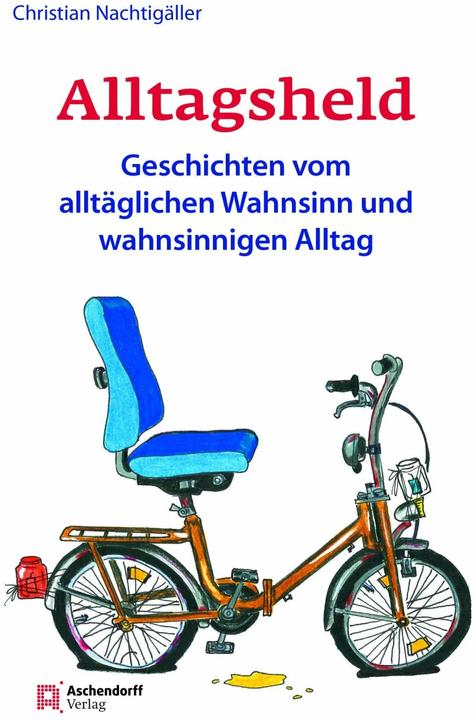
4. Aschendorff Günter Scholz
Clemens Brentano (1778 – 1842) Anyone who enjoys poetry associates the name of this well-known Romantic poet with the sounds of Brentano's verses. They are aware of the unique musicality of Brentano's language in German literature and recognize how enchanting this linguistic music resonates in Brentano's love poems, the most beautiful in German literature. The impressive tone of his poems was so influential that it shaped German literature for more than 120 years.
How does it fit that Brentano also produced an extensive body of religious literature, likely the most famous devotional books in the world, translated into many languages? At the same time, he was also the discoverer of the Rhine Romanticism. The Loreley, now a UNESCO World Heritage site and known to tourists from all over the world, is his invention.
His magnificent work is also a testament to the upheavals of his time, a "turbulent time," as he called it, for the fractures were also part of his life's fate. He sought to heal the rift in his life and in his time: in art, in love, and in faith. With this "turbulent time" at the dawn of modernity, he made the life problems of us all visible. Therefore, it is worthwhile to engage with his life.
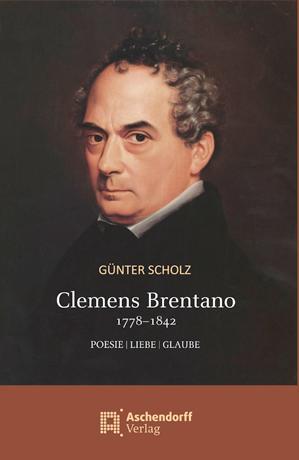
5. Aschendorff Masematte fr Flemmer
In football stadiums, people often engage in casual banter. Fans discuss in the stands why the goalkeeper is having a bad day, whether the striker should have scored, or if the referee needs glasses because he missed another foul. Wolfgang Schemann, a long-time journalist for WN and author of several books on football jargon, has also joined the conversation. His latest book focuses on the 55 perhaps most important terms from the football scene - covering offside and transfer fees, handball and backheel tricks, as well as knockout games and blunders.
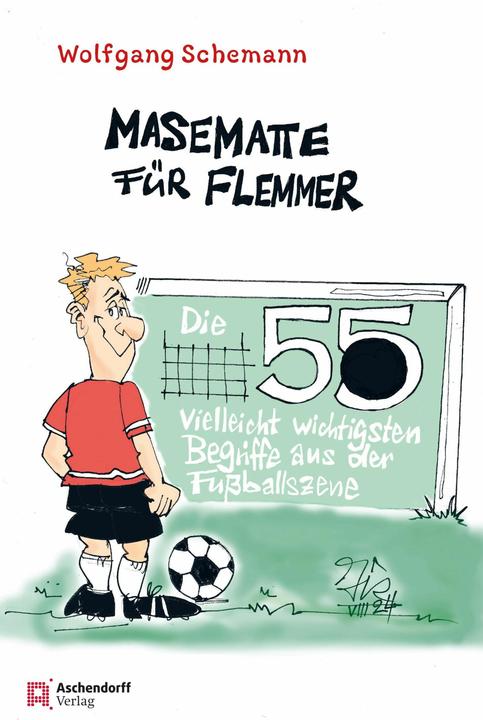
6. Aschendorff Luegen un anner Waorhaiten
Low German lives on! Despite all the naysayers, this "strange" and refreshing dialect persists, even though it is sometimes considered outdated and seems to not quite fit into our fast-paced times. The 23 true, half-true, and untrue short stories in this little book, drawn from the depths and far corners of the Münsterland, are intended as a modest contribution to bring the vibrancy of this language closer to the reader: sometimes ironic, sometimes humorous, but always "close" to life in the Münsterland. Low German lives!.
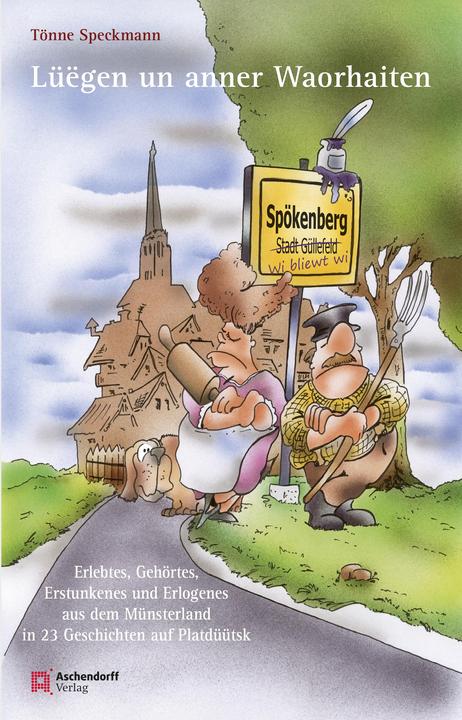
7. Aschendorff Hackemaih. Alltagsgeschichten up Mönsterlänner Platt
Otto Pötter is one of the best-known Low German writers from the Münsterland region. His colorful literary mosaic creates a distinctive image of our homeland. It captivates with a carefully chosen authentic variety of words infused with vibrant spirit. Good humor alternates with refreshingly lively satire, yet there is also a serious contemplative side. His popular Low German column "Hackemaih" appears weekly in the Münsterländische Volkszeitung Rheine. This book contains many literary delights from that column, illustrated by Ted Berges. Otto Pötter also writes for regional magazines and the Westfalen yearbook. The Westdeutsche Rundfunk has produced several Low German radio plays and features by him.

8. Aschendorff Liekuut, liekan
Otto Pötter (born 1948) represents the finest in Low German. His short stories and poems are among the best available in the Low German language. With spirit and humor, reading becomes a pleasure—page after page. His amusing word paintings invite smiles, while others touch the heart and occasionally prompt the reader to reflect. The stylish illustrations by stage designer Markus Pötter from Dresden complement the texts in their own unique way. "Liekuut, liekan" is entirely in line with Otto Pötter's numerous Low German books, which have become classics of Low German literature along the Ems over the years.
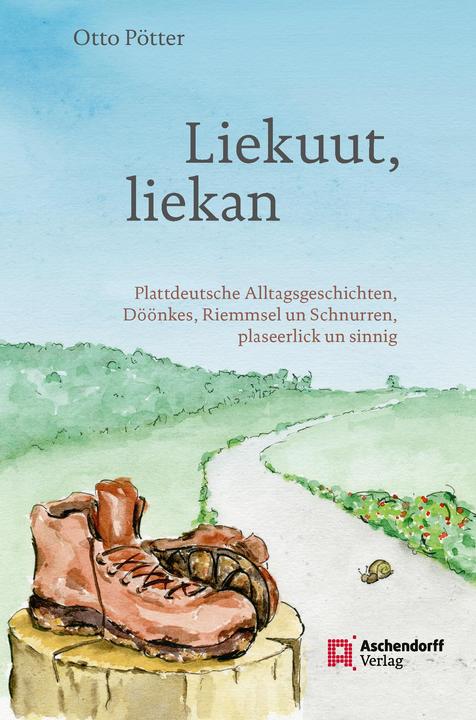
9. Aschendorff Faust, Rumpelstilzchen und andere Seegers
The Masematte – once a "secret language" in less reputable neighborhoods of the city – continues to enjoy great popularity among many residents of Münster. For them, it holds true: speaking Masematte is a lot of fun. This also applies to Wolfgang Schemann, the former local editor of the Westfälische Nachrichten. He has already written four successful Masematte books. Now comes number 5 – a book that deals with selected pieces of literary, film, and television history: "Faust, Rumpelstiltskin, and other Seegers." Through the lens of Masematte, literary analysis leads to entirely new insights. Or would you have thought that the Zerchen-Seeger Faust cast a spell before his affair with Gretchen, that Little Red Riding Hood was tricked by a sly wolf, that Tarzan was the top dog of a monkey gang, or that Miss Sophie, the old dear, celebrated her 90th birthday with four Seegers?.

Faust, Rumpelstilzchen und andere Seegers
German, Arndt Zinkant, Wolfgang Schemann, 2018
10. Aschendorff Und schier zerflossen Raum und Zeit
"My songs will live on, / When I have long departed, / Many will tremble before them, / Who felt like I did," wrote the self-assured 23-year-old Annette von Droste-Hülshoff in 1820, who had not yet published a single line. Her first collection of poems was released in 1838 by Aschendorff in Münster but received little attention. This changed briefly in 1841 with the publication of "Die Judenbuche" and in 1844 with her first major poetry collection at Cotta in Stuttgart. The modest success did not bother her; she was aware of her worth. She preferred to look back on her "blasé times and her circumstances," stating, "I do not wish to be famous now, but I would like to be read in a hundred years." By the turn of the century, Droste was considered one of Germany's most significant authors. This volume, by the renowned Droste scholar Winfried Woesler, a university professor in Osnabrück and long-time chairman of the Droste Society in Münster, gathers a dozen selected contributions. His intensive engagement with Droste's texts reveals surprisingly modern insights and encourages readers to learn more about and read the poetess.


